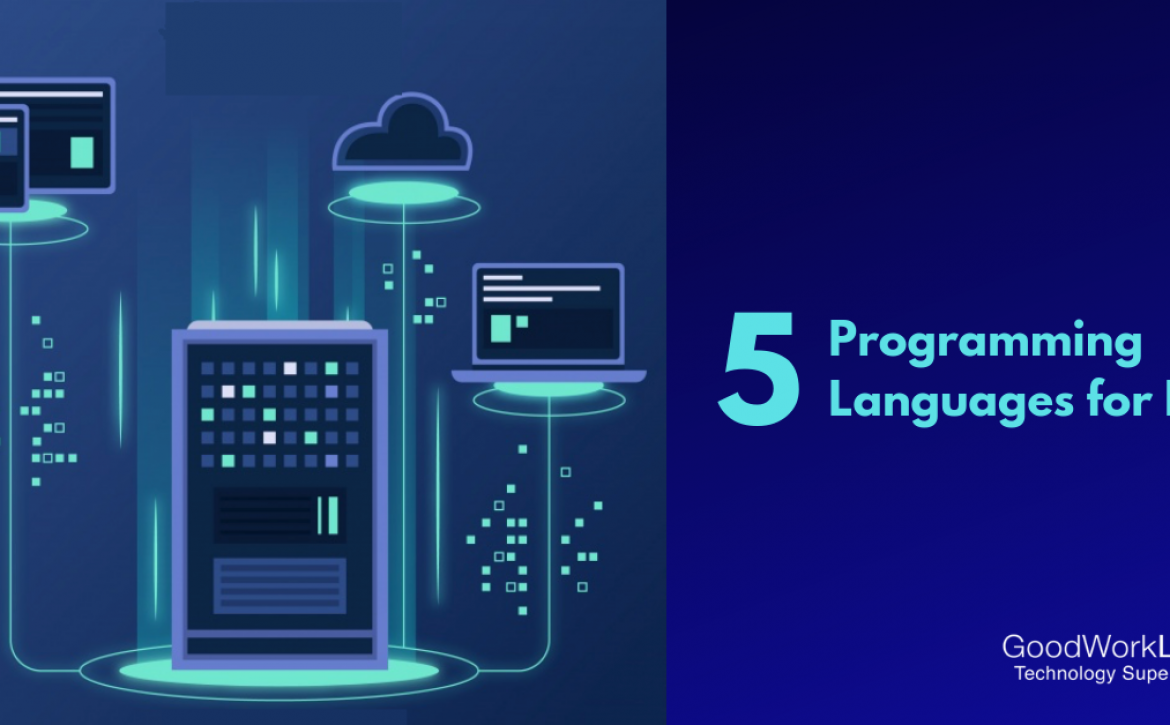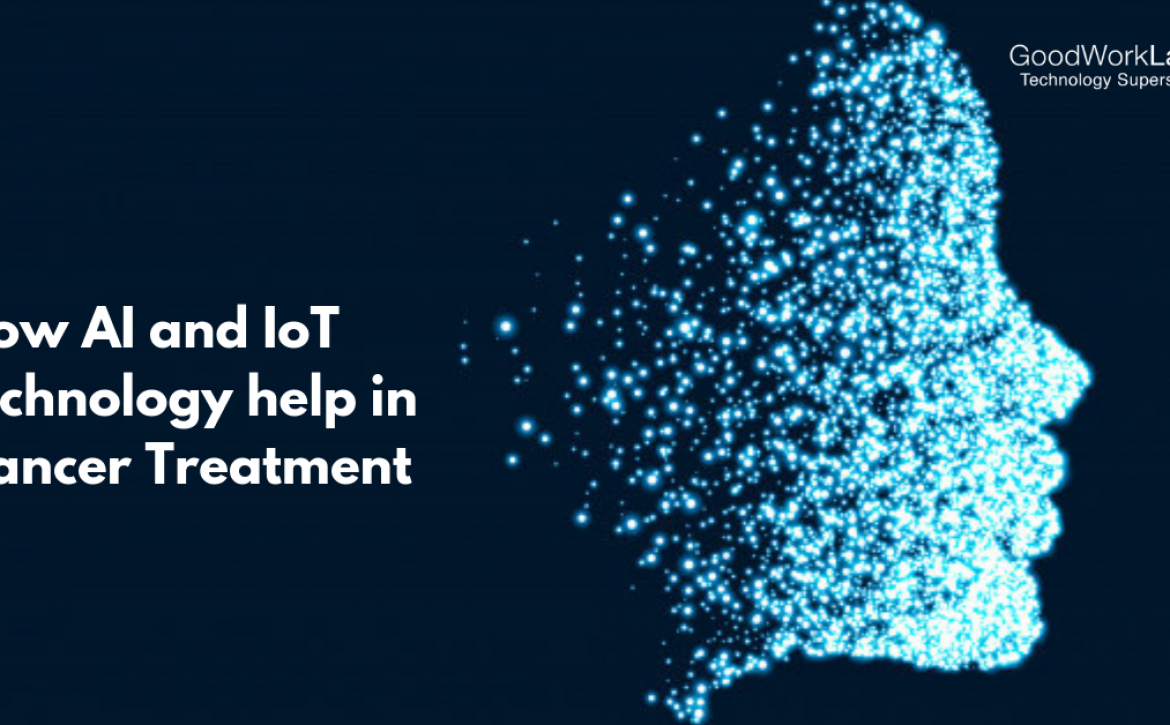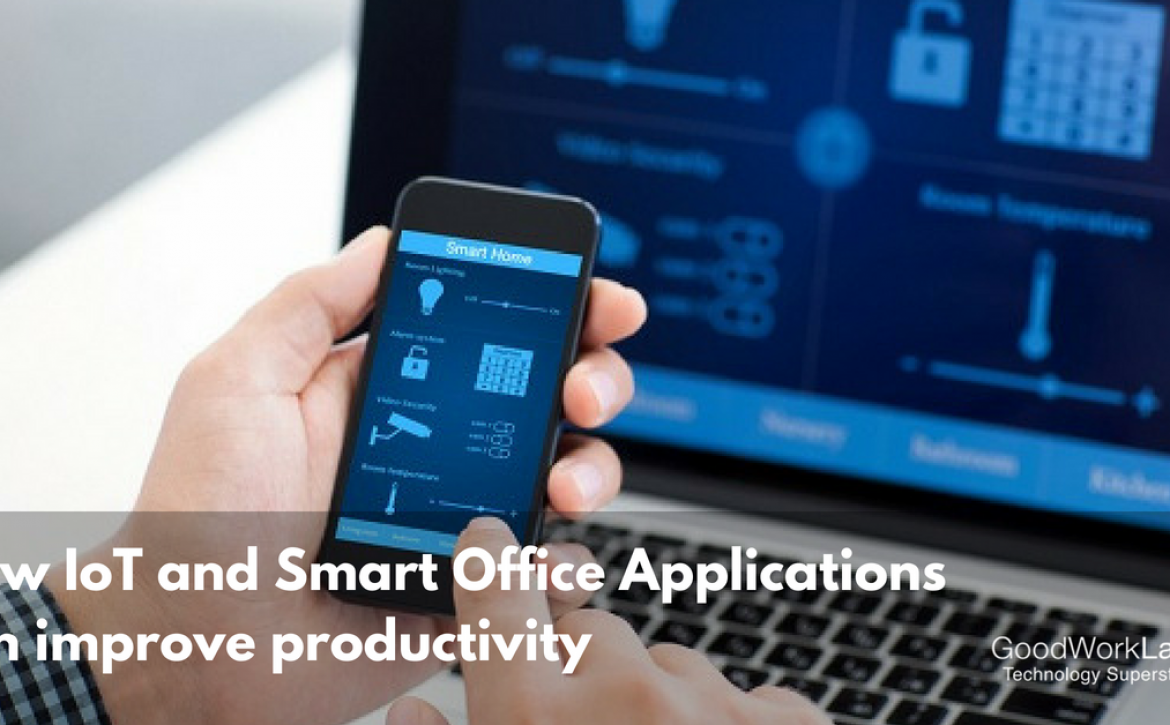Impact of IOT on Marketing
The Internet of Things (IoT) now has an Impact across Industries
The sheer volume of data and network traffic generated is today helped a lot by IoT, making it more and more popular regarding customers in the present day.
Not only from the customers’ point of view, but IoT is also proving to be a revolution for business operations. These operations do not have the same kind of appeal for the customers but are real in every way, be it the logistics or even the marketing aspect of things.

In the words of Marketo, a marketing automation vendor, IoT is “the interconnectivity of our digital services that provides endless opportunities for brands to listen and respond to the needs of their customers- with the right message, at the right time, on the right device.”
The Internet of Things (IoT) also has a significant effect on the overall customer experience and the data collected with the help of all connected devices through analytics. When it comes to the context of marketing and analytics, predictive analysis and Big Data go pretty much together.
Marketo also expects that the entire marketing scenario will get changed by the immense impact of IoT by the year 2020.
Marketers will take the help of IoT in some of the following ways in the marketing context-
- Analyze the buying behavior of customers from all the platforms they use regularly.
- Collect more data in volume, previously not collectible, to make a note of the methods about how customers make communication with products and devices.
- Get a detailed insight of the whole purchasing process and determining the stage where a customer currently is, while making a purchase.
- Live interactions, notifications customer targeted ads too.
Impacts of IoT on Marketing
Easy Exchange of Sales Data
Sales data is easily one of the most crucial factors for any business. With easy access to information as to how, why and when regarding the use of products, it will be much easier for a business enterprise to make changes in marketing strategies towards specific customers.
With a plethora of smart devices available today, the collection and supply of data takes place in real-time, without the need of expert IT professionals look after this procedure. It helps the business make informed decisions for marketing, boosting their future sales.
More importantly, customers can give instant feedback about their experience. Therefore, if a product is unable to meet the customer expectations, a business will not have to wait for a long time to let the responses flow. This will help in reducing the costs to a large degree sooner, rather than later.
Devices are Self Sustainable
This is one of the most amazing attributes of IoT. Devices with IoT can run their maintenance and diagnostic procedures. Cars, for instance, have been self- diagnosing for quite some time. Unfortunately, the results were not satisfactory enough and were dependent on the wrong signals.
Through IoT, every component in a device becomes smarter, getting the ability to identify any issue and even come up with solutions for the same. This process is rapid in comparison to an external diagnostic mechanism.
When it comes to the usual devices, the initial sign that something is not right becomes known when the machine stops working suddenly. If this happens, you cannot do anything but get it repaired or get a new one, and that is bound to take some time.
IoT enabled devices can eliminate this waiting time through constant monitoring of their functions, and get in touch with technical support if the need comes up for it.
Instant Customer Analysis with Smarter CRM
When used in collaboration with a reliable CRM or customer relationship management tool, IoT becomes capable enough to do a lot more than collect and organize customer data. It can accurately and correctly analyze that data as well, paving the way for the further actions needed in the context of said customer data.
For marketers, this data is priceless as the chain of buyers is generally long and making sound decisions take more time. The entire process is streamlined through IoT devices by helping people figure out if the prospect is in the purchase journey.
If that comes to be the case, businesses can make every second of a work day count for solving the issues and providing clients with accurate information, ultimately helping them to close a deal successfully.
Supports Social Media
When social platforms like Facebook and Twitter arrived at the scene a few years earlier, marketers were not entirely convinced if these sites were good enough to be targeted.
Fast forward to the present and a majority of marketers speak out that the traffic considerably increased after investing a constant time in social media marketing. IoT has already been optimized for usage along with social media, helping automated posts consistently generated with the help of smart devices themselves.
IoT also helps to prepare for the development of new online communities, reaching out to new potential customers, who were not connected earlier. Similarly, when merged with social media, IoT devices will assist the marketers to identify and derive benefits from the latest market trends.
A Hundred Percent Click-Through-Rate (CTR)
The ultimate objective of IoT in Marketing is enabling a smarter, more relevant brand of advertising. With the growing number of devices once unconnected, they are being provided with sensors and consistent network accessibility, changing the advertising scenario for both marketers and customers as well.
Marketers no more depend on popup ads and banners on a website. What is also true is that IoT devices will never be able to process such dated marketing tactics even.
Conclusion:
To put in a single phrase, IoT lets the marketers always keep a step ahead of their customers regularly. It is correct that IoT makes the formulation and implementation of marketing strategies more comfortable than ever before.


























